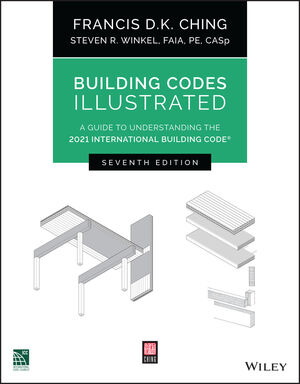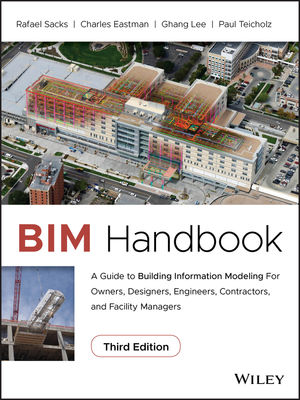FEMA Calls for Up-to-Date Building Codes

The Mitigation Framework Leadership Group (MitFLG), chaired by the Federal Emergency Management Agency (FEMA), released the National Mitigation Investment Strategy (NMIS), a unified national strategy on mitigation investment that reduces risks posed by natural hazards and increases the nation’s resilience to disasters. The MitFLG is composed of 14 federal agencies and departments as well as state, tribal and local officials and is charged with coordinating the strategy’s implementation. The International Code Council provided comments on draft NMIS proposals and worked closely with FEMA during its development.
The NMIS devotes a section to encouraging communities to adopt and enforce up-to-date building codes. The strategy’s focus on codes as a keystone mitigation investment strategy aligns with FEMA’s current strategic plan, and highlights that up-to-date building codes help communities survive, remain resilient, and continue to provide essential services after a disaster occurs. Recent research demonstrates that current codes provide $11 in mitigation savings for every dollar invested. Nevertheless, only 32 percent of disaster-prone jurisdictions have adopted disaster-resistant building codes.
One of the most critical recommendations in the strategy with immediate implications is “Up-to-date building codes and standard criteria should be required in federal and state grants and programs.” To the Code Council’s knowledge, FEMA is currently the only federal agency that requires adherence to the latest codes and standards in a grant program. This recommendation has widespread existing support, including from bipartisan former FEMA administrators. It also builds on recent work by the Administration and Congress to leverage codes’ mitigation benefits. Twice last year – through the Bipartisan Budget Act and Disaster Recovery Reform Act – Congress passed, and the President signed into law, measures that incentivize the adoption and application of modern model building codes. The NMIS specifically calls out the National Flood Insurance Program as an example of a program that would benefit from requiring updated codes.
Another NMIS recommendation calls for using mutual aid programs, like the Emergency Management Assistance Compact, to have trained, certified professionals handle building inspections and code administration, ensuring that after disasters, buildings are quickly inspected for safe occupancy and rebuilt to code. This recommendation builds on existing work by the Code Council, in partnership with the National Council of Structural Engineers Associations (NCSEA), to develop the Disaster Response Alliance, a single, national database of 1,200 skilled volunteers willing to assist state and local jurisdictions with response and recovery activities.
“The adoption and application of current codes is the foundation of community resilience, but with close to two-thirds of communities facing disaster risk on outdated codes, we have our work cut out for us,” said Code Council Chief Executive Officer Dominic Sims, CBO. “Requiring up-to-date building codes in federal and state grants and programs would provide a powerful incentive for jurisdictions to stay current and could meaningfully move the needle. The Code Council commends the MitFLG and FEMA for their leadership in developing the NMIS and looks forward to working towards the strategy’s successful implementation.”
Additional information:
- For more information about the NMIS, click here.
- Find out about the Code Council’s resiliency work at www.iccsafe.org/resiliency.
Looking for a reprint of this article?
From high-res PDFs to custom plaques, order your copy today!








